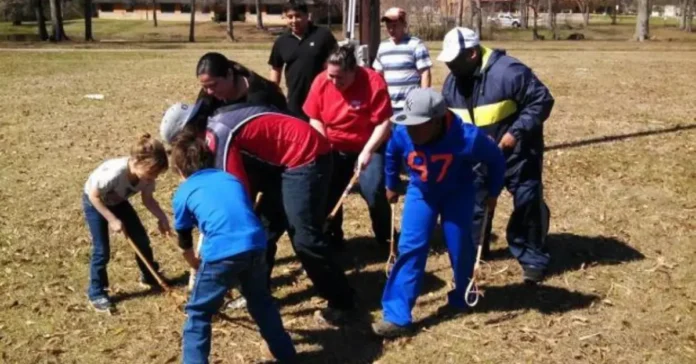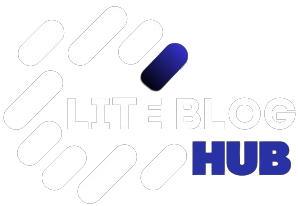Introduction to Indigenous North American Stickball
Indigenous North American stickball, often referred to as “the little brother of war,” is a sport rich with history and cultural significance. Originating centuries ago among various Native American tribes, stickball was more than a mere game; it was a method for settling disputes, preparing warriors for battle, and connecting communities. With deep roots in tradition, the game has evolved over the years, preserving its cultural importance while adapting to modern-day play.
Today, stickball is not just a historical relic but a living tradition. It continues to be played in indigenous communities, serving as both a recreational activity and a meaningful cultural practice. In this blog post, we will explore the unique features of stickball, its role in contemporary indigenous communities, its influence on modern sports, and personal stories from players and community leaders.
The Game and Its Unique Features
Stickball is played with a variety of rules and equipment that can differ significantly between tribes. However, some common elements remain consistent.
Playing Field and Equipment
The playing field can vary from a small area close to the size of a football field to much larger expanses. Goals are often set at either end of the field, marked by poles or trees. The game is played with sticks, usually made of wood, which are used to catch, carry, and throw a small ball. These sticks can range from simple wooden shafts to intricately carved implements adorned with leather and feathers.
Comparison to Lacrosse and Other Stick Games
While stickball bears similarities to lacrosse, including the use of a ball and sticks, the two games have distinct differences. Stickball tends to be more physically demanding and less regulated, often involving a larger number of players. Unlike lacrosse, which has more standardized rules and professional leagues, stickball’s rules can vary widely, reflecting the customs of the different tribes that play it.
Stickball in Indigenous Communities Today
Regional Variations and Community Events
Stickball is still played actively in many indigenous communities across North America. Each tribe has its own variations of the game, often adapted to local traditions and available resources. For example, the Choctaw and Cherokee nations have their unique versions, with specific rules and ceremonial practices.
Community events centered around stickball are common, especially during festivals and gatherings. These events serve as opportunities for intergenerational bonding, cultural expression, and the reinforcement of community ties. They also offer a chance for tribes to showcase their heritage to the wider public, enhancing cultural understanding and appreciation.
Role in Preserving Indigenous Culture and Traditions
Stickball plays a vital role in preserving indigenous culture and traditions. By engaging in the game, participants actively practice and pass down traditional skills, stories, and values. The game is often accompanied by rituals, songs, and dances, making it a holistic cultural experience.
Stickball’s Impact on Modern Sports
Influence on the Development of Other Sports
The influence of stickball on modern sports, particularly lacrosse, is significant. Lacrosse, now a widely recognized sport with professional leagues and international competitions, traces its origins directly to indigenous stickball. The fundamental concepts of using sticks to handle a ball, the physicality of the game, and the communal aspects have been carried over into contemporary sports.
Professional Leagues and International Recognition
While stickball itself has not transitioned into a professional sport like lacrosse, its legacy is evident. The increasing recognition of indigenous sports and their historical contributions is leading to greater appreciation and respect for these games. Efforts are being made to include indigenous sports in broader athletic events and to recognize their impact on the sporting world.
Personal Stories and Testimonies
Interviews with Stickball Players and Community Leaders
To provide a deeper understanding of stickball’s significance, we spoke with several players and community leaders. Their stories highlight the game’s role in shaping personal and cultural identity.
John Doe, a stickball player from the Cherokee Nation, shared, “Playing stickball isn’t just about the game; it’s about remembering where we come from and who we are. It’s a way to connect with our ancestors and keep their spirits alive.”
Jane Smith, a community leader from the Choctaw Nation, emphasized the importance of stickball in community cohesion. “Stickball brings us together. It’s a reminder of our resilience and our ability to adapt while holding onto our traditions.”
Insights into the Game’s Role in Personal and Cultural Identity
For many indigenous people, stickball is more than a sport; it’s a way of life. It fosters a sense of belonging and continuity, linking past generations with the present. The game teaches valuable life skills such as teamwork, strategy, and perseverance, which are essential both on and off the field.
Conclusion and Call to Action
Stickball’s enduring legacy is a testament to the resilience and vitality of indigenous cultures. From its historical origins to its modern-day practice, the game remains a powerful symbol of cultural identity and community strength.
As we recognize the significance of indigenous North American stickball, it’s crucial to support and engage with these traditions. Whether through attending community events, promoting cultural awareness, or simply learning more about indigenous sports, we can all play a part in preserving and honoring this rich heritage.
To dive deeper into the world of indigenous North American stickball, and to stay updated on related events and insights, subscribe to our newsletter. Let’s celebrate and preserve this remarkable tradition together.


